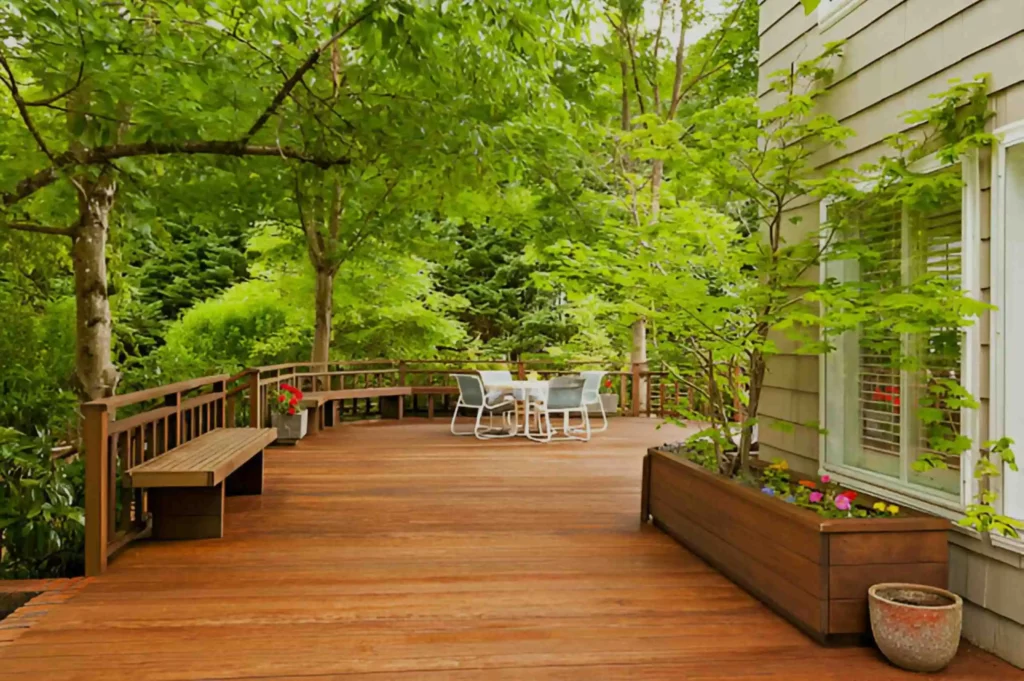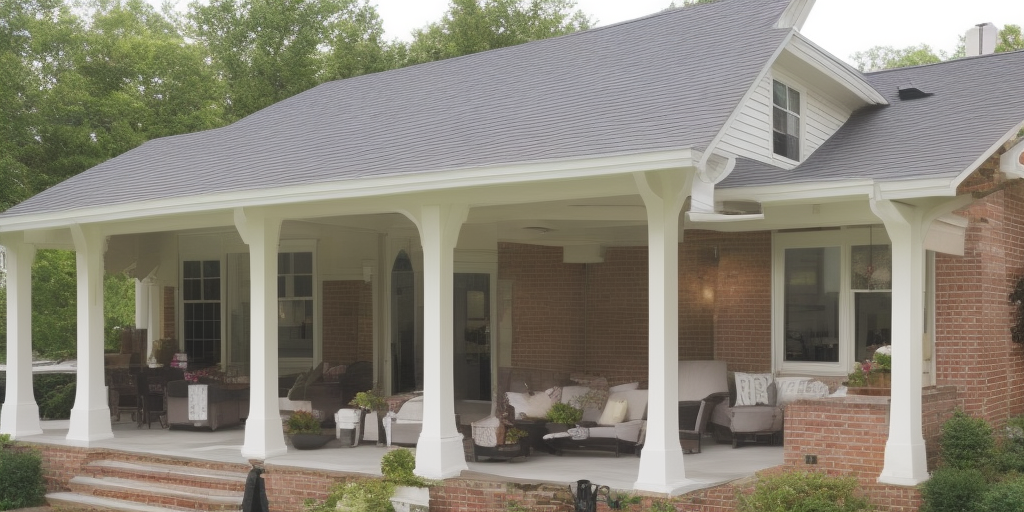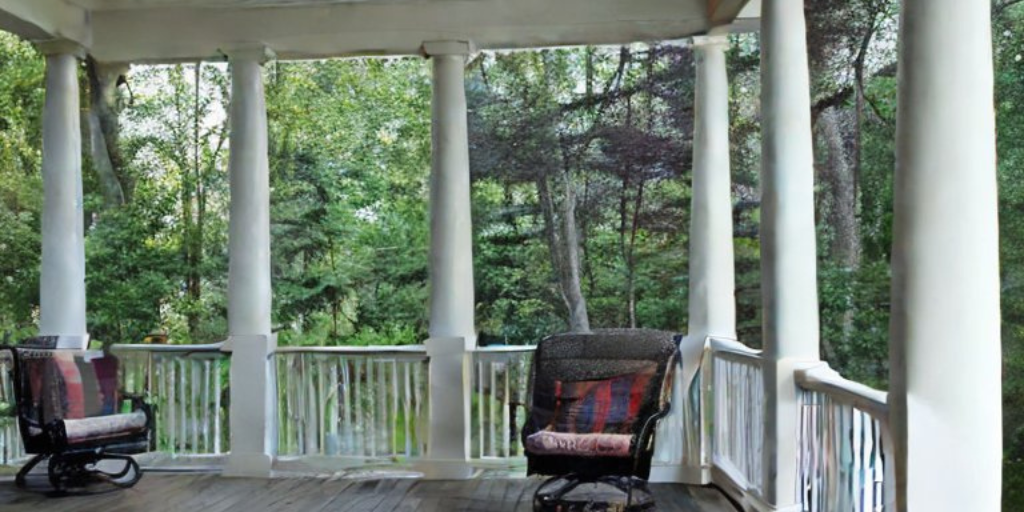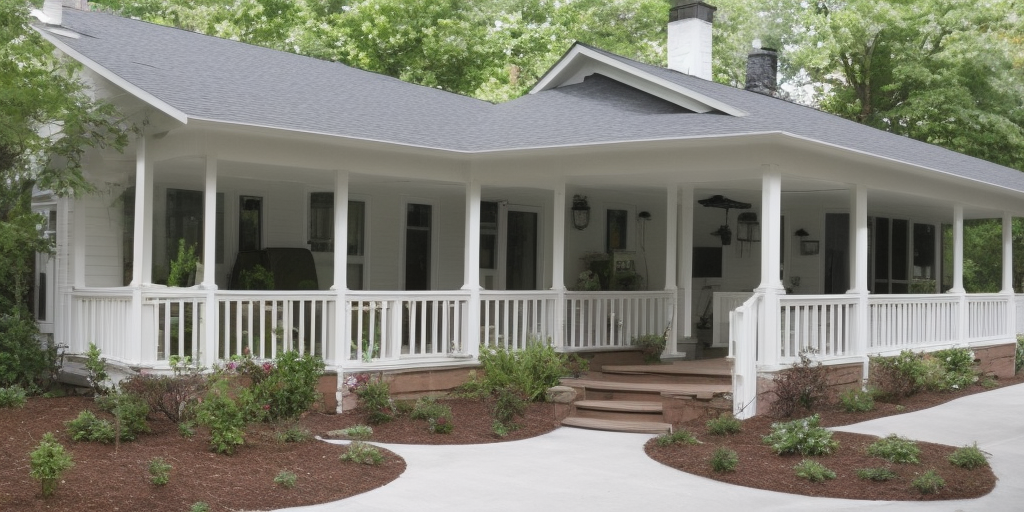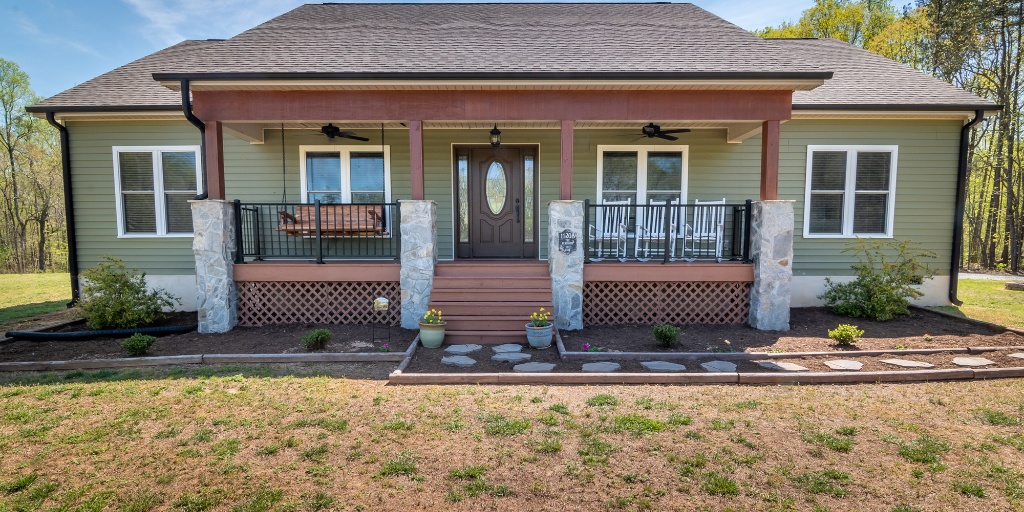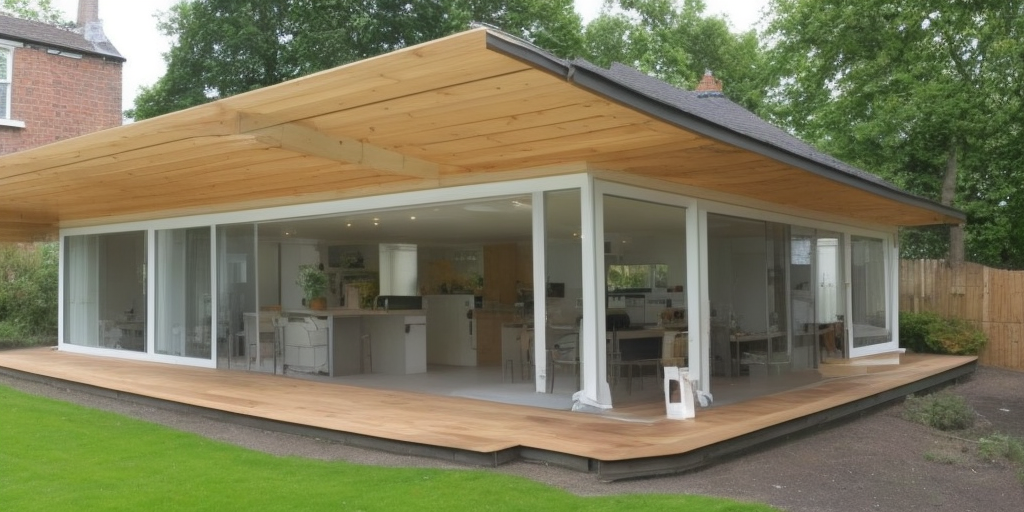Your porch is an important part of your home, providing a welcoming entryway and a space to relax and enjoy the outdoors. Over time, however, porches can suffer from wear and tear, leading to various issues that need repair. Tackling these repairs yourself can save you money and give you the satisfaction of maintaining your home. Here’s a guide to DIY porch repair, covering common issues and how to fix them.
1. Rotting Wood
Contents
Rotting wood is a common issue for porches, especially those exposed to the elements. Rot can weaken the structure of your porch and make it unsafe. It’s important to address rotting wood as soon as you notice it.
Steps to Fix Rotting Wood:
– Identify the Rot: Inspect your porch for soft, discolored, or crumbly wood. Use a screwdriver to test suspected areas.
– Remove the Rotten Wood: Use a chisel or a saw to remove the rotted sections. Be sure to remove all the decayed wood to prevent further spread.
– Treat the Area: Apply a wood preservative to the affected area to kill any remaining rot spores and prevent future rot.
– Fill or Replace: If the damage is minor, fill the area with wood filler or epoxy. For larger areas, replace the damaged sections with new wood. Ensure the new wood matches the existing structure in size and type.
– Finish: Sand the area smooth, then prime and paint or stain to match the rest of the porch.
2. Loose or Damaged Railings
Loose or damaged railings are not only an eyesore but also a safety hazard. They need to be repaired or replaced to ensure the porch is safe to use.
Steps to Fix Loose or Damaged Railings:
– Inspect the Railings: Check all the railings for stability and any signs of damage. Look for loose nails, screws, or rotted wood.
– Tighten Fasteners: Use a screwdriver or a wrench to tighten any loose screws or bolts. If nails are loose, consider replacing them with screws for a more secure hold.
– Replace Damaged Sections: If any part of the railing is broken or rotted, remove the damaged section and replace it with new wood. Ensure the new section is securely attached to the rest of the railing.
– Reinforce Connections: Add metal brackets or braces to reinforce the connections between the railings and the posts. This will add extra stability and prevent future loosening.
– Finish: Sand, prime, and paint or stain the repaired sections to match the rest of the railing.
3. Cracked or Uneven Flooring
Cracked or uneven porch flooring can be a tripping hazard and detract from the appearance of your porch. Fixing these issues can improve both the safety and aesthetics of your porch.
Steps to Fix Cracked or Uneven Flooring:
Inspect the Flooring: Identify any cracks, splits, or uneven areas in the porch flooring.
– Repair Cracks: For minor cracks, use a wood filler or epoxy to fill in the gaps. Follow the manufacturer’s instructions for application and drying times.
– Replace Damaged Boards: If the damage is extensive, replace the affected boards. Remove the damaged boards carefully and install new ones in their place, ensuring they are securely fastened.
– Level Uneven Areas: Use a sander or a planer to level uneven areas. For significant unevenness, you may need to replace the affected boards or use shims to level them.
– Finish: Sand the repaired areas, then prime and paint or stain to match the rest of the porch flooring.
4. Peeling Paint
Peeling paint is a common problem for porches exposed to the elements. It not only looks unattractive but also exposes the wood to moisture, which can lead to rot.
Steps to Fix Peeling Paint:
– Scrape Off Peeling Paint: Use a paint scraper or a wire brush to remove all the loose and peeling paint from the affected areas.
– Sand the Surface: Sand the area to smooth out any rough edges and prepare the surface for painting. Use a medium-grit sandpaper for best results.
– Clean the Area: Wipe down the sanded area with a damp cloth to remove any dust and debris.
– Prime: Apply a high-quality primer to the bare wood. Primer helps the paint adhere better and provides a protective barrier against moisture.
– Paint: Once the primer is dry, apply a coat of exterior paint. Choose a paint designed for outdoor use and apply at least two coats for the best protection and coverage.
– Seal: Consider applying a sealant or topcoat for added protection against the elements.
5. Sagging Porch
A sagging porch can be a serious issue, indicating problems with the foundation or support structure. It’s important to address this issue promptly to prevent further damage.
Steps to Fix a Sagging Porch:
– Inspect the Foundation: Check the porch’s foundation and support beams for any signs of damage or instability. Look for cracks, shifts, or sinking.
– Support the Porch: Use temporary supports, such as jack posts, to lift and stabilize the sagging area. Place them under the beams or joists to provide support while you work.
– Repair or Replace Support Beams: If the support beams are damaged or rotted, replace them with new, properly sized beams. Ensure they are securely anchored to the foundation and the porch structure.
– Level the Porch: Use a level to ensure the porch is even. Adjust the temporary supports as needed until the porch is level.
– Secure and Finish: Once the porch is level and stable, secure the new support beams and remove the temporary supports. Sand, prime, and paint or stain any exposed wood to protect it from the elements.
6. Fixing Squeaky Floors
Squeaky floors can be annoying and indicate loose boards or nails. Fixing these issues can make your porch more enjoyable to use.
Steps to Fix Squeaky Floors:
– Identify the Squeak: Walk around the porch to locate the source of the squeak. Mark the area with tape or chalk.
– Tighten Loose Boards: Use screws to secure loose boards to the joists below. Drill pilot holes to prevent splitting the wood.
– Lubricate the Area: Apply a lubricant, such as powdered graphite or talcum powder, to the joints and seams where the boards rub together. This can reduce friction and eliminate the squeak.
– Add Shims: If the squeak is caused by gaps between the boards and the joists, insert wooden shims into the gaps to tighten the fit.
7. Sealing Gaps and Cracks
Gaps and cracks in your porch can let in moisture and pests, leading to further damage. Sealing these openings is an essential maintenance task.
Steps to Seal Gaps and Cracks:
– Inspect for Gaps and Cracks: Check the entire porch for any gaps or cracks, particularly around the edges, corners, and joints.
– Clean the Area: Remove any debris, dirt, or loose material from the gaps and cracks.
– Apply Caulk: Use an exterior-grade caulk to fill the gaps and cracks. Apply the caulk evenly and smooth it out with a caulking tool or your finger.
– Seal Larger Gaps: For larger gaps, use a foam backer rod before applying the caulk. This provides a better seal and prevents the caulk from sinking into the gap.
Maintaining your porch is essential for both safety and aesthetic reasons. By addressing common issues like rotting wood, loose railings, cracked flooring, peeling paint, sagging structures, squeaky floors, and gaps, you can keep your porch in top condition. These DIY repairs can save you money and give you the satisfaction of knowing you’ve taken care of your home. With a little effort and the right tools, you can transform your porch from drab to fab, creating a welcoming and functional outdoor space for you and your family to enjoy.
